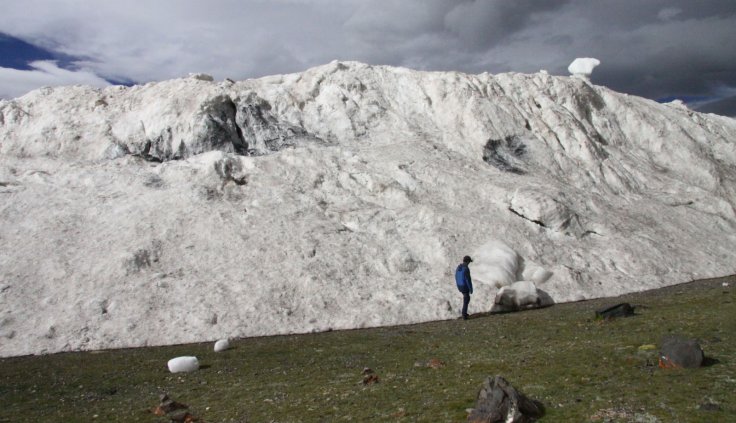Avalanche in Tibet that killed 9 yak herders traced back to climate change

An avalanche on 17 July 2016 killed nine yak herders from the Dungru Village in Rutog County, Ngari Prefecture, when 70 million tonnes of ice broke off from the Aru glacier in Tibet. This, and a second avalanche in September, have been linked to a local temperature rise of 1.5C, scientists say.
The Tibetan plateau used to be stable and free of avalanches, but this year two large glacier collapsed within months.
Witnesses said that the collapse in July took only four or five minutes to bury 3.7 square miles of the valley.
The speed of the collapse indicates the presence of a large body of meltwater in the glacier, according to a paper published in the Journal of Glaciology.
"Given the rate at which the event occurred and the area covered, I think it could only happen in the presence of meltwater," said Lonnie Thompson of Ohio State University and the Byrd Polar and Climate Research Center. Other nearby glaciers may also be vulnerable, he says.
In September the second avalanche happened when a neighbouring glacier collapsed, with no reports of casualties.
The scientists say that a large amount of meltwater beneath the glaciers is due to local temperatures rising in the region. At the nearest weather station, the average temperature has risen by 1.5C in the past 50 years.
"It makes sense that snow and ice are melting and the resulting water is seeping down beneath the glacier," Thompson says.
Analysis of satellite and GPS data shows that a large body of meltwater beneath the glacier is the only plausible explanation for the avalanches.
Политика конфиденциальности | Правила пользования сайтом







